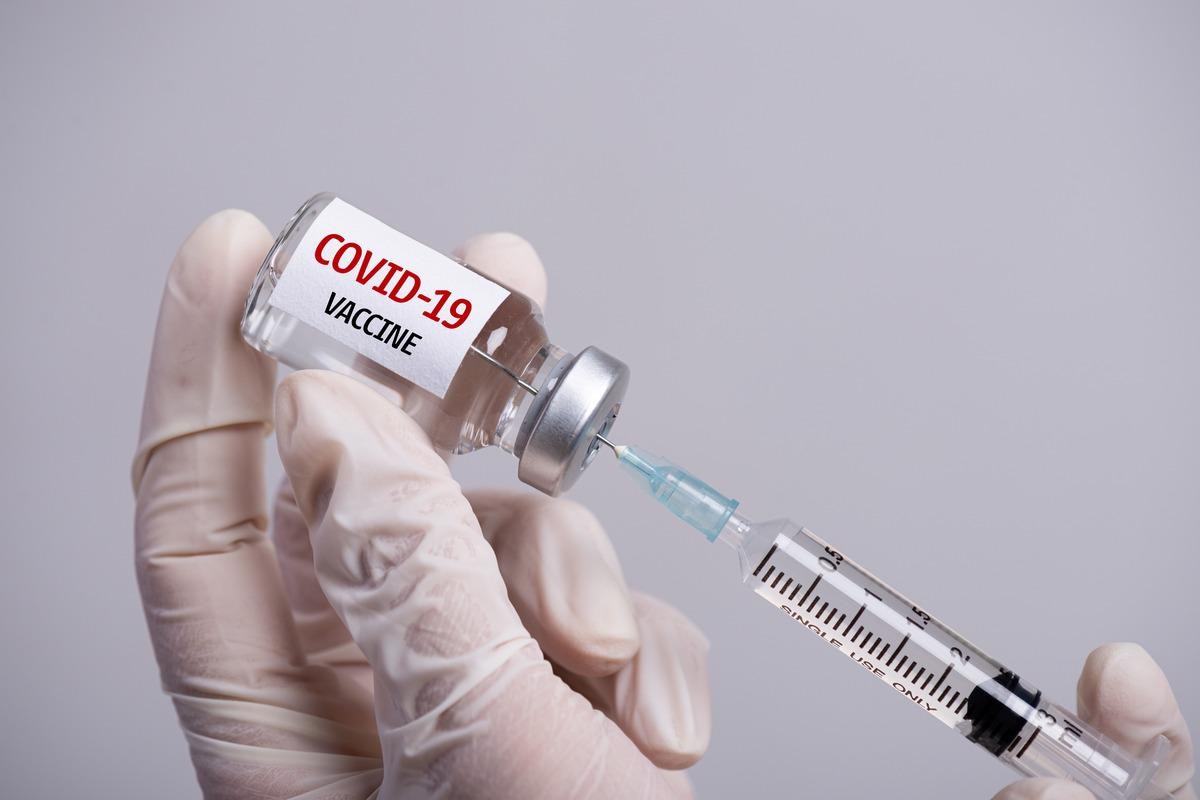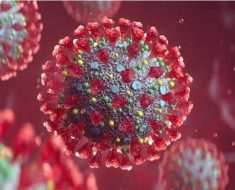The mass lockdowns and restrictions imposed by governments to prevent the spread of coronavirus disease 2019 (COVID-19) were dominant throughout 2020 and 2021, and it was only the development and mass deployment of several vaccines that allowed these policies to be dismantled. Researchers from IQVIA Real-World Solutions have investigated how effective these vaccines are against severe disease. The study can be found on the medRxiv* preprint server.
 Study: Evaluating Real-World COVID-19 Vaccine Effectiveness Using a Test-Negative Case-Control Design. Image Credit: siam.pukkato/Shutterstock
Study: Evaluating Real-World COVID-19 Vaccine Effectiveness Using a Test-Negative Case-Control Design. Image Credit: siam.pukkato/Shutterstock
The study
The researchers examined self-reported data to study the severity and variation of symptoms of COVID-19 outside of a hospital setting and any factors that could reduce the risk from the disease.
Participants were recruited primarily through social media and gave consent for the scientists to gather information such as demographic data, COVID-19 test results, medical history, the severity of symptoms, medications, and vaccination status. Most of the accepted symptoms were acquired from a list provided by the FDA, but some common write-in responses were included.
The researchers examined a wide range of symptoms, including anosmia, coughing, changes in temperature, difficulty breathing, congestion, sore throat, nausea, diarrhea, fatigue, headaches, vomiting, clouded thinking, and depression.
A modified test-negative case-control study design (TND) evaluated vaccine effectivity. While most TNDs are site-based and test all participants at point-of-care, these scientists relied on self-reported data. While this is more appropriate for COVID-19 than many other diseases due to the extensive testing available to the public, it opened possibilities for some misreporting of test status, either accidentally or through failure to test correctly.
It is also likely that participants will report results from various tests that could have different reliability levels. However, it does allow for more efficient recruitment and higher sample size, which could reduce the impact of these factors.
The researchers' first analysis defined cases as any participant with a positive COVID-19 test, and any participant with a negative test was assigned as a control. If both were reported, the participant was classified as a case based on the positive test result data. If multiple consistent results were reported, one was selected randomly.
The second analysis included the severity of the symptoms. Scientists assigned only participants with a positive test and at least one moderate or severe symptom by day seven, with controls as all negative tests and individuals who did not report moderate or severe symptoms.
In total, 695 individuals reported positive results, and 1786 reported negative ones. Eighty percent of participants did not report and moderate or severe symptoms. Participants showed a mean age of 46.4 years and were mostly female, well-educated, and white. Cases and controls showed similar proportions regarding age, gender, and race, with the cases showing slightly higher levels of education than the control.
The first analysis showed that 17.8% of cases reported being fully or partially vaccinated at the time of the positive test, while 80% of controls were fully or partially vaccinated. The resulting unadjusted odds ratio showed a 95% reduction in the odds of having a positive COVID-19 test following vaccination.
The second analysis showed that 57 individuals reported full/partial vaccination at the time of a positive test with at least one moderate/severe symptom, while 1547 control patients reported full/partial vaccination. The odds ratio for this analysis suggested a 71% reduction in the odds of having a positive test and a symptom following vaccination. Examining the effects of covariates on reporting a positive test revealed several other important factors, with males, white individuals, blood and lung disorders all showing significant effects on the model.
The researchers reported that those fully vaccinated were much more protected than those partially vaccinated, who again showed more protection than the unvaccinated. This pattern was seen in both analyses. When examining the vaccine effectiveness of participants who had received vaccines from different manufacturers, Moderna showed the highest effectiveness, followed by Janssen and Pfizer/BioNTech. This pattern was repeated when examining the severity of the disease.
Conclusion
The authors highlight that this study helps to contribute to further understanding of vaccine effectiveness amongst different groups and considers the severity of the disease – which is often overlooked when calculating vaccine effectivity. However, the results mirror the consensus of the wider scientific community, even taking this into account. This information could be key for public health policymakers and could help inform restriction policies in the future.
*Important notice
medRxiv publishes preliminary scientific reports that are not peer-reviewed and, therefore, should not be regarded as conclusive, guide clinical practice/health-related behavior, or treated as established information.
-
Reynolds, M. et al. (2022) "Evaluating Real-World COVID-19 Vaccine Effectiveness Using a Test-Negative Case-Control Design". medRxiv. doi: 10.1101/2022.01.06.22268726. https://www.medrxiv.org/content/10.1101/2022.01.06.22268726v1
Posted in: Medical Science News | Medical Research News | Disease/Infection News
Tags: Anosmia, Blood, Breathing, Coronavirus, Coronavirus Disease COVID-19, Coughing, covid-19, Depression, Diarrhea, Education, Fatigue, Hospital, Nausea, Public Health, Research, Sore Throat, Throat, Vaccine, Vomiting

Written by
Sam Hancock
Sam completed his MSci in Genetics at the University of Nottingham in 2019, fuelled initially by an interest in genetic ageing. As part of his degree, he also investigated the role of rnh genes in originless replication in archaea.
Source: Read Full Article





